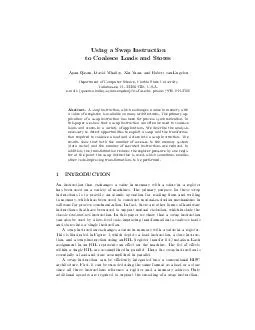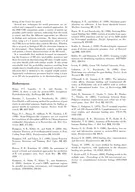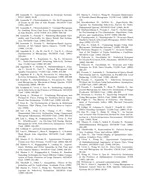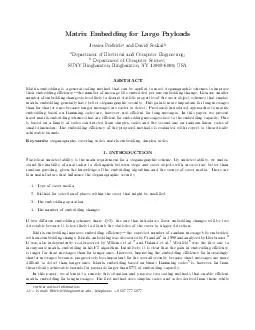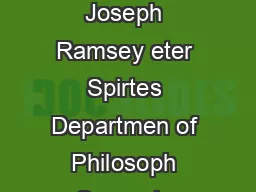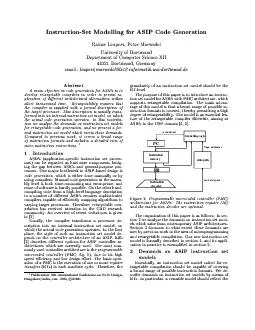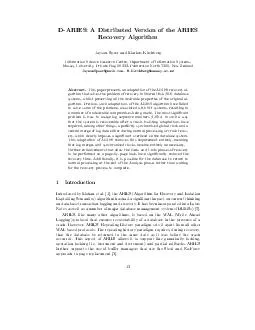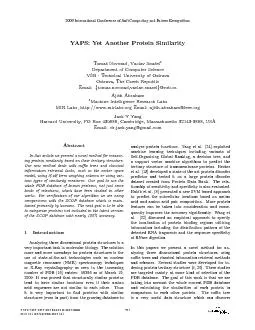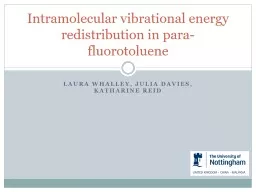PDF-Using Sw ap Instruction to Coalesce Loads and Stores Apan Qasem Da vid Whalley Xin uan
Author : danika-pritchard | Published Date : 2015-03-07
SA email qasemwhalley xyuanengelen csfsuedu phone 850 6443506 Abstract swap instruction whic exc hanges alue in memory with alue of register is ailable on man arc
Presentation Embed Code
Download Presentation
Download Presentation The PPT/PDF document "Using Sw ap Instruction to Coalesce Load..." is the property of its rightful owner. Permission is granted to download and print the materials on this website for personal, non-commercial use only, and to display it on your personal computer provided you do not modify the materials and that you retain all copyright notices contained in the materials. By downloading content from our website, you accept the terms of this agreement.
Using Sw ap Instruction to Coalesce Loads and Stores Apan Qasem Da vid Whalley Xin uan: Transcript
Download Rules Of Document
"Using Sw ap Instruction to Coalesce Loads and Stores Apan Qasem Da vid Whalley Xin uan"The content belongs to its owner. You may download and print it for personal use, without modification, and keep all copyright notices. By downloading, you agree to these terms.
Related Documents

